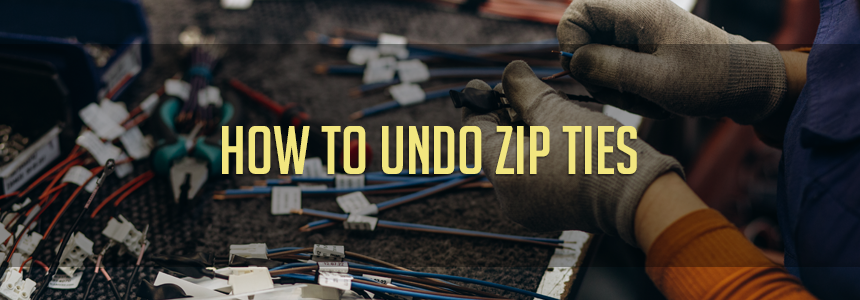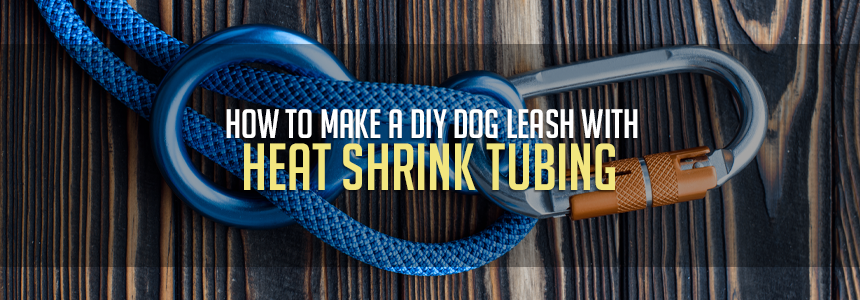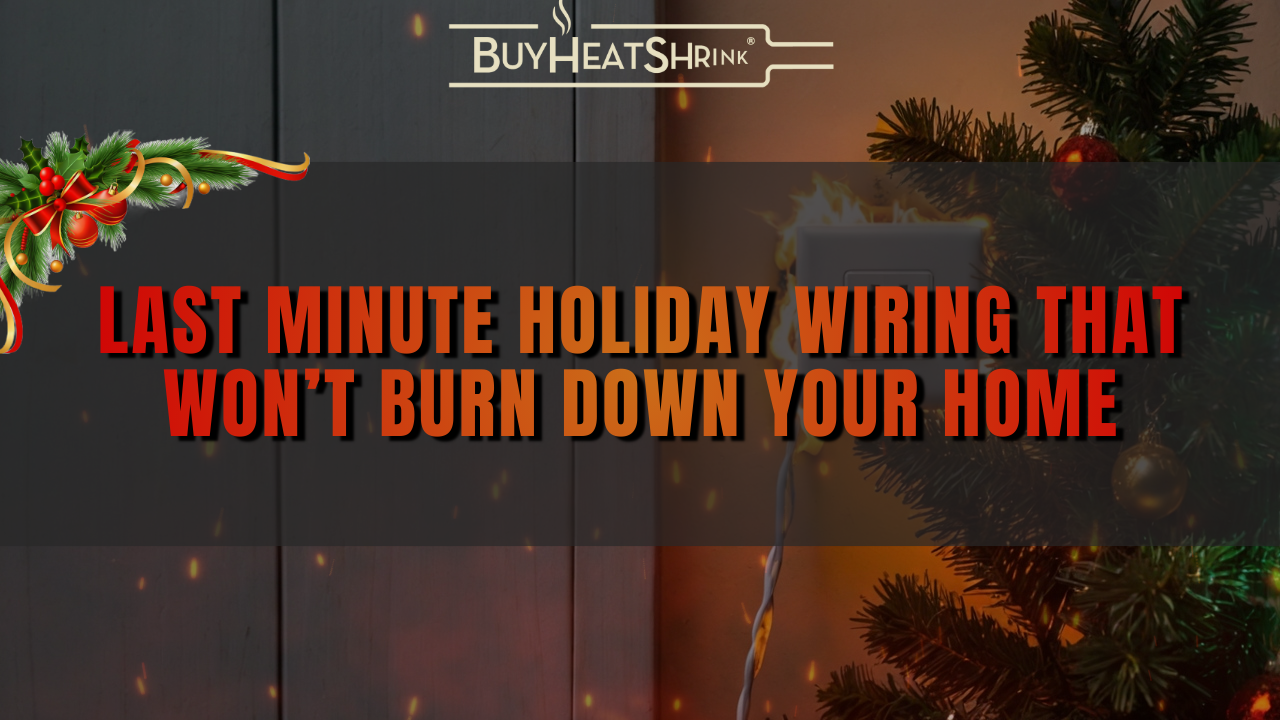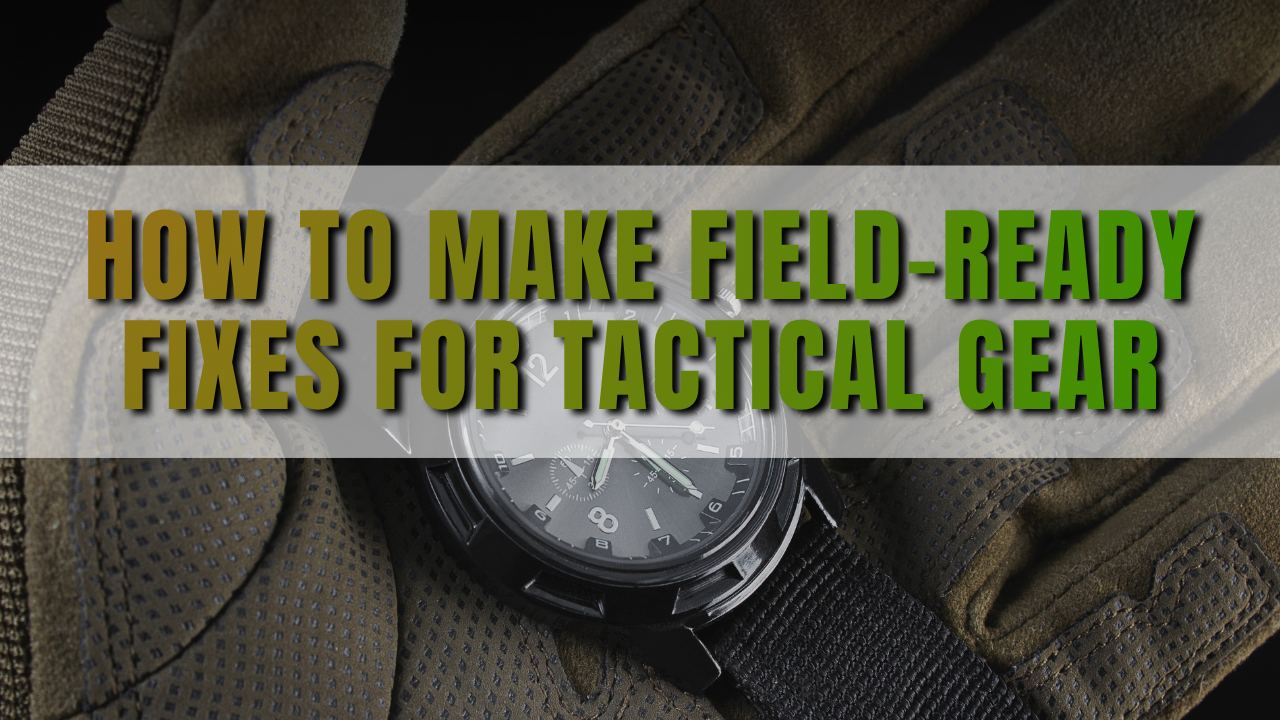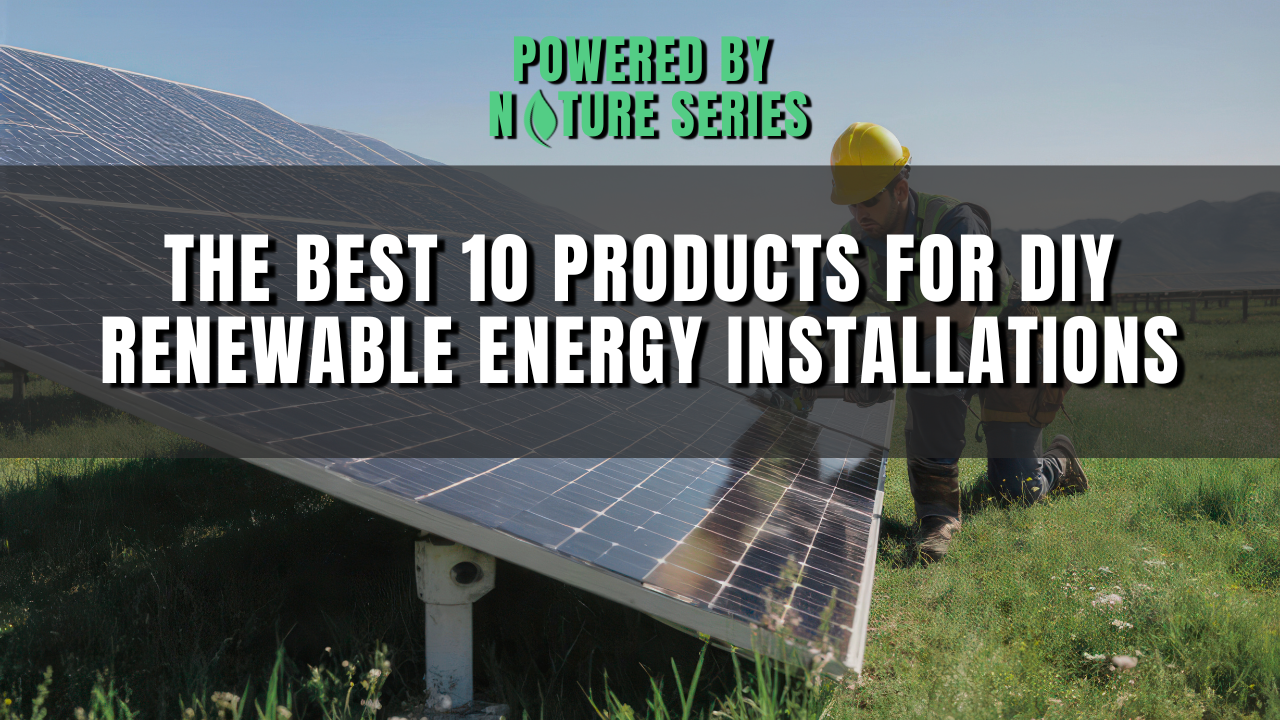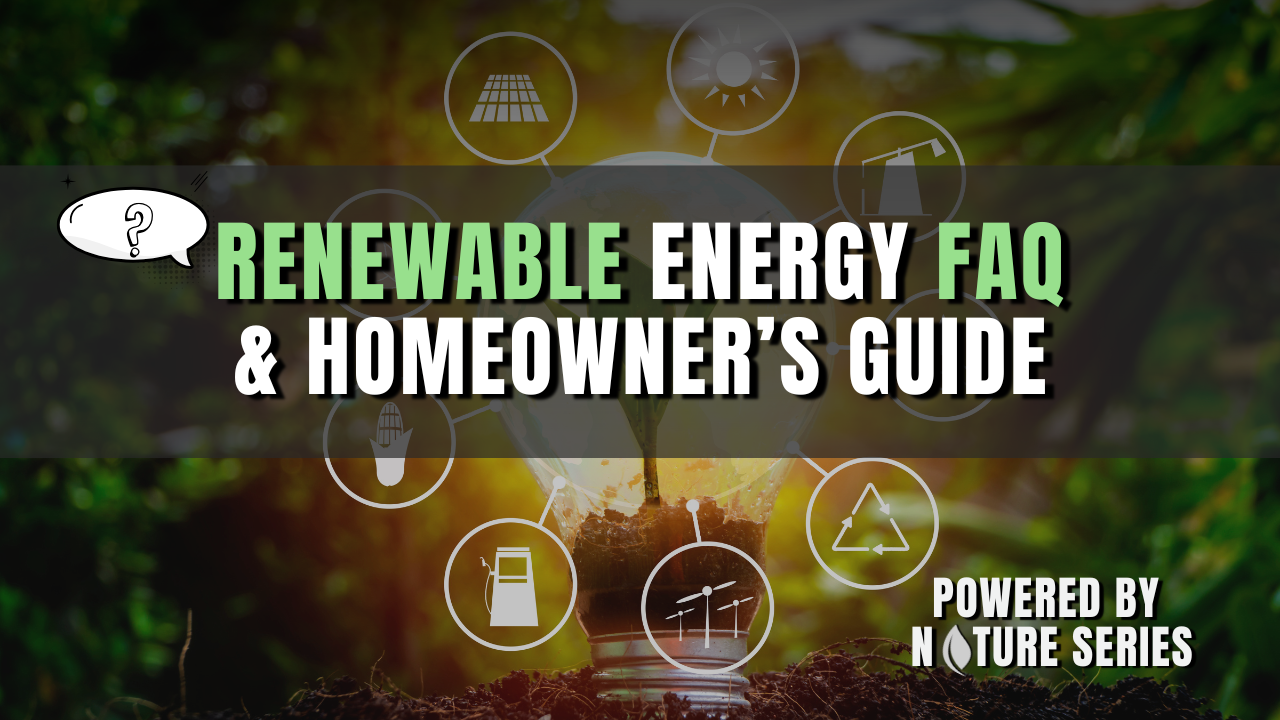A Helpful “How To Everything” About Heat Guns
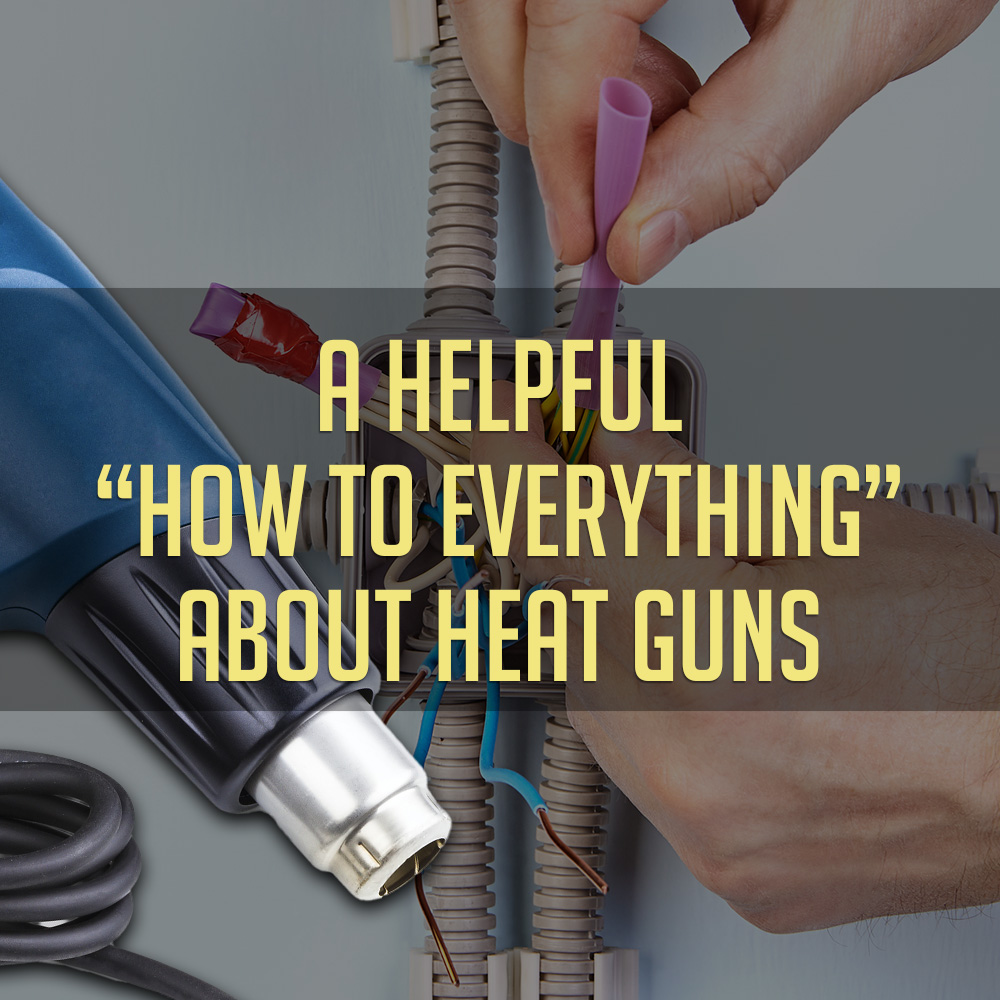
Heat guns are the bread-and-butter of power tools.
They’re ubiquitous and straightforward. They show up, heat up, and get the job done. They’re universally sensible and functionally interchangeable. They don't need a lot of bells and whistles and neither do you.
So if you’re adding on to your collection of tools or just your knowledge and skills, here’s a practical look at “how to everything” with a heat gun and none of the frills.
How to Buy (or Borrow) a Heat Gun
This is the part where you familiarize yourself with the heat gun and its inner workings.
A heat gun, also known as a hot air tool, gives you controllable heating conditions quickly and consistently. It produces a thin stream of hot air that allows for a very specific and direct application of heat.
They’re practical and efficient by design. They all turn on and get hot though, so don’t spend too much time or money worrying about the specifics. Here’s some helpful information for getting started on your next project.
Types
There are infrared and cordless heat guns, but the average handyman or crafter just needs a good, old corded, electric model. This type will handle anything you can point it at unless you suddenly find yourself on a construction crew with actual building-sized problems. Corded electrical models are by far the most readily available and the most common choice if you need a heat gun for shrink wrap tubing or other precision DIY tasks. There are also specialty hot cutter guns designed to cut and seal materials like rope, webbing, or braided sleeving using heat instead of a blade.
Characteristics
Heat guns were designed to be faster and more functional than predecessors like the blow torch or soldering. Here are a few features you can expect from any type of heat gun.
- Lightweight
- User-friendly
- No visible flame
- Rapid heating (30-60 seconds)
- Peak temperatures around 1200-1400 degrees
- Quieter than a blow dryer
- Definetely not a blow dryer
Hot air tools are versatile and portable, but they’re also incredibly simple to use once you know your way around one.
Basic Parts
Here are the basic, inner and outer components that make those little guys get to those big temperatures so fast.
- Heating element—usually an electrically heated filament that generates and is the source of the heat itself.
- Fan—required for drawing air in, pushing it across the heating element, and then directing it back out through the nozzle.
- Motor—attached to your plug and on/off switch to provide the oomph that makes the magic happen.
That’s essentially all a heat gun needs to work at all and to allow you to work confidently.
Shoppable Features
When it comes to comprehensive control of your heating conditions, there are a few more features you might want to keep an eye on.
Adjustable Airflow
Get some extra control over your air on the way in or out. Directional intake grills are on the outside where the fan first pulls in room-temperature air. They’re more fancy than necessary. Or choose a model that has adjustable speed settings for the ability to choose how fast or slow your hot air flows.
Variable Temperature Setting
It’s fairly common for a heat gun to have at least two temperature settings for “high” and “low”. Some will have pre-set ranges while others may offer a dial for complete custom heat control.
Thermal Cutoff
This specific safety feature will automatically sense and stop a heat gun from overheating. It’s not needed to operate one safely or successfully, but it’s a nice way for some extra peace of mind.
Kick Stand
This extra simple addition is one of our favorites. It’s a metal brace or bracket that you can securely rest your heat gun against while you’re using it. With your heat gun securely propped up, you’ll be able to concentrate both hands-on manipulating your project. It’s a little thing, but it saves a lot more time than you might realize. Check out a kickstand in action on our best-selling heat gun.
Heat guns only have one job: to make really hot air really fast. They don’t need fancy accessories or expensive price tags to do that well.
Now that you know your way around a heat gun, it makes using one even easier.
How to Use a Heat Gun
This is the part that explains the logistics and directions for actually operating a heat gun.
Remember, this is the bread-and-butter of power tools. So it does need power. But after you plug it in and turn it on, all that’s left to do is aim and shoot. It sounds really easy because it is really easy. What’s the most important takeaway here is “how” you apply the heat.
Here are a couple of special directions you must follow if you want to get the absolute best results when using a heat gun.
1. The 4 Inch Rule
Never, never, never let the nozzle of your heat gun touch the surface of your project. There needs to be space for the air to flow where you need it to go. That means keeping proper spacing and distance between the heat source and the heat surface. For optimal heat delivery, aim for about 4 inches away. You can always start farther back and work your way closer as you progress.
2. The Move It Rule
Always, always, always keep either the heat or your project moving. Use sweeping motions to distribute the heat across your entire surface. If the heat source stays in the same spot too long you’ll overheat that one area. If your heat gun has a kickstand, you could prop it up and use two hands to manipulate your surface over and around the heat gun. If your project is heavy, stationary, or too unyielding to physically manipulate, it’s easy to take your heat gun to it. That’s why they’re portable and lightweight, just make sure to keep that heat on the move.
3. The Move It Around Rule
As you’re applying heat evenly across the entire surface of your project, don’t forget to go all the way around it. That means rotating your project along a second axis while the heat is moving over it. If your project is small and round like a shrink tube, you can rotate the tube itself 360 degrees. If your project is flat or awkwardly shaped, pause every few sweeps of heat and turn your project clockwise a bit. By applying heat around and across the entire surface, you’ll distribute the heat as evenly, smoothly, and perfectly as possible.
How to Operate It Safely
This is the part that reminds you how not to burn down the house, yourself, or anything else.
All power tools come with inherent risks and responsibilities. Plugs, cords, and electricity require careful tending to, but doing so keeps them performing their finest and increases the service life of your machine.
Heat guns are more dangerous than they appear. They reach temperatures above 1200 degrees F and when they’re up and running they operate without any visible or open flame. It’s alarmingly easy to have a false sense of security when working with one. The danger they pose might be invisible, but it is also extremely active. Do not underestimate the hazard you’re holding in your hand.
Here are a few more heat gun safety measures to keep in mind.
- Prepare and be aware of your clothing, person, and environment.
- Don’t look into the nozzle while it’s heating up or running
- Keep the air intake grills clear so the fan and motor don’t overheat
- Don’t stick anything into the heat nozzle
- Read your manual and follow all the manufacturer's instructions
There’s a reason coffee is served in to-go cups that say “Caution! The beverage you’re about to consume is hot!” Remember and respect the heat you’re working with.
How to Get The Most From Yours
This is the part that gives you a lot of good ideas and realistic expectations about what a heat gun can really do for you.
You can expect a heat gun to last 2-5 years or about 400 operating hours on average. To get the best and longest life from your hot air tool, make sure to only use it for about 15-20 continuous minutes. Then switch it off and let it have a few moments to cool off. After a brief interlude, you can resume use and continue your work.
Here are some ideas and tasks a heat gun can help you tackle.
- Paint stripping
- Melting wax for candles
- Jewelry making
- Removing paint, varnish, or finishes from wood stone, brick, or concrete.
- Furnishing wood surfaces
- Thawing frozen pipes,
- Loosening bolts and screws,
- Applying vinyl, wrap, or decals on vehicles
- Drying out wood or moldy-prone materials
- Embossing
- Removing labels or adhesive
- Lifting vinyl tiles
- Drying glassware
- Shrinkwrapping
- And even roasting marshmallows
Now you know everything a heat gun can do for you and you know how to do everything with a heat gun.
Whether you’re buying one, borrowing a buddy’s, or biding time while you decide, these handy hot air tools are a practical little investment. They are simple, versatile, and ubiquitously user-friendly.
Heat guns truly are the bread-and-butter of power tools…then again, maybe they’re the toast.





